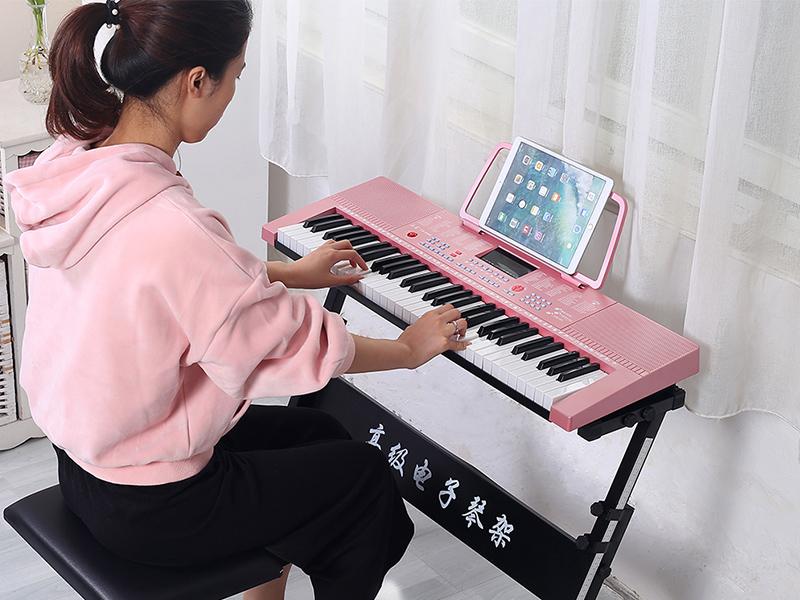A piano in the residence makes a silent declaration, yet a grand piano is taken into consideration the best in style. When given an option between a grand piano and a vertical a musician will typically select the grand piano. Why, you might ask is the grand piano so much better than a vertical piano. Here we’ll cover some frequently asked questions that can assist you choose the appropriate piano for your functions.
First all pianos are not produced equal. A good quality upright piano is much better than an inexpensively constructed grand piano. Grand pianos range in price from $4,995 upward to over $170,000. What makes the extra expensive pianos better? Quality of products, aging of woods as well as quality of workmanship to craft them. The even more time the manufacturer takes to develop a piano and the much better really felt, natural leather and also timbers made use of will certainly convert to a piano that is capable of forecasting audio efficiently as well as also much better tone.
A piano’s action (the system that drives the hammers when the tricks are struck) is rather elaborate. The activity has hundreds of parts, all of which are changed and developed to extremely fine tolerances. One secret that has a slight variance in its activity will certainly create that key to execute in different ways, affecting the proficiency of ones touch and also music characteristics. Much better felts will not put on as quickly as those in inexpensively made felt/leather. Better, better quality timbers used in the action will certainly acquire and also expand triggering placement troubles as well as once more affecting one’s dynamic control.
Keys utilized in a piano ought to be made of top quality timber, such as spruce, basswood AND make use of key switches, which helps provide the crucial stability as well as prevents excessive wear.

Tuning stability is essential to the general tone of the piano. The pin block, the multi-laminate slab of wood where the tuning pins reside have to be made with costs woods so torque on the pins suffices to stand up to the over 20 lots or string stress. Some pin blocks utilize a few, extremely slim laminates that are not going to hold along with one that has multiple laminates. Acid rock maple is one of the most accepted pin block by major makers as one that will, over the long haul keep limited pins, helping to preserve good tuning stability.
The soundboard is the diagraph that, when the strings are extended across the bridges oppose the strings tension, consequently magnifying the strings resonances. Good quality bridges and soundboards are a must to once again generate high quality tone. Soundboards can be either laminated or solid. A Sitka spruce is thought about to be the very best timber for soundboards in pianos, guitars, violins and other acoustic instruments.
A strong soundboard is better than a laminated. Soundboard are made with edge-glued slabs of spruce wood to develop a big diaphragm, and then cut to fit the piano’s border. The strong soundboard is more adaptable than that of a laminated board, (sort of like a sandwich of three pieces of spruce or various other timber). The tone of a laminated board often tends to have a weak audio whereas the solid board has a much more responsive tone that is far more pleasing.
An old partners story about cracked soundboards is just that … a wives story. A soundboard that has a crack, initially in nearly all cases can be repaired, IF the tone is also influenced by the split. I have actually tuned a variety of pianos that give no indicator of a problem. Currently, if the ribs, (on the backside of the soundboard which helps maintain the crown or similar to a drum head) have actually separated from the soundboard, there might be a buzz, or weak tone. But once more that is easily repaired. We fix soundboards/rib regularly. So, if a piano you are thinking about has a “negative soundboard” or a “fractured soundboard” let a qualified piano tuner-technician examine the piano for you. Possibilities are the piano is just great.
Another note about soundboards … a grand piano that is state 60-90 years of ages may have a soundboard that has actually lost its crown. If the piano is a high quality piano, such as a Steinway & Sons, Baldwin, Mason & Hamlin, Bosendorfer or other high quality piano, it’s worth replacing the soundboard and restringing when the piano is being restored. A Steinway piano today that is rebuilt with a new soundboard can bring from $22,000-90,000 depending upon the size of the piano.
